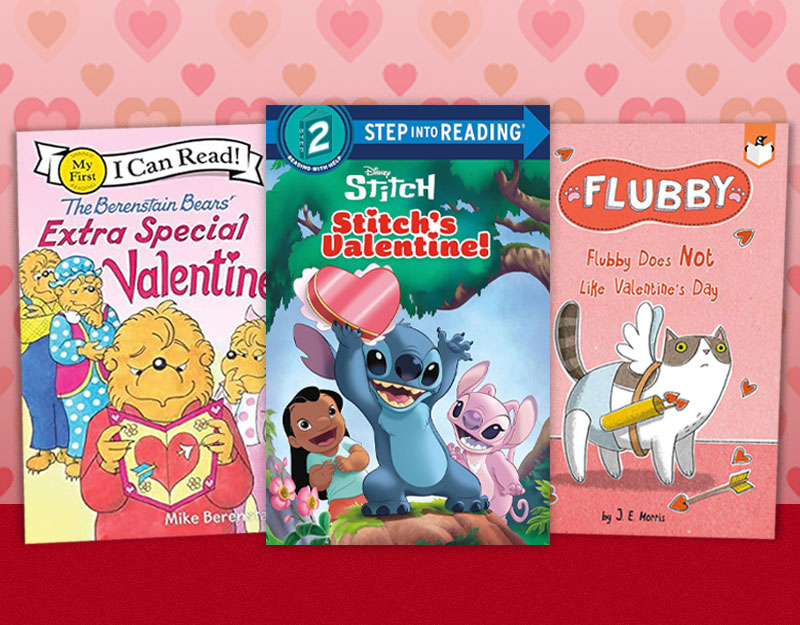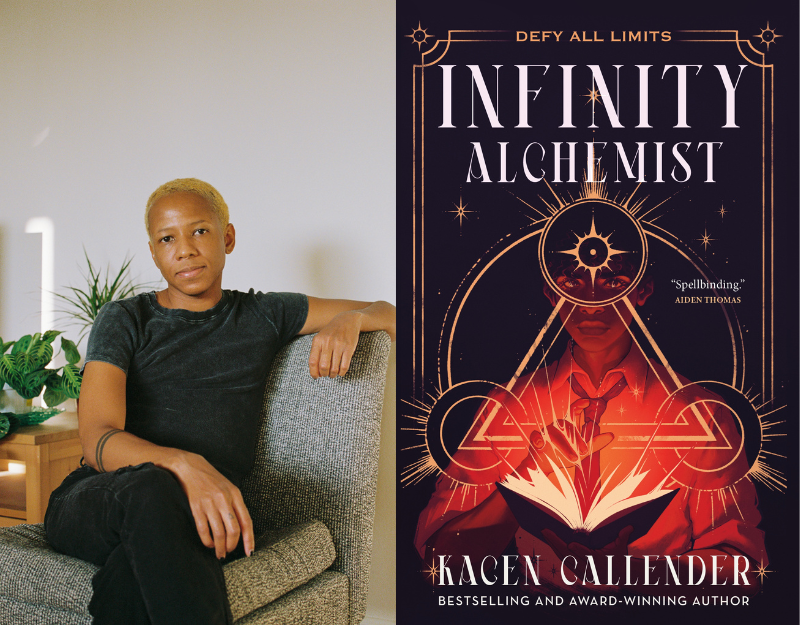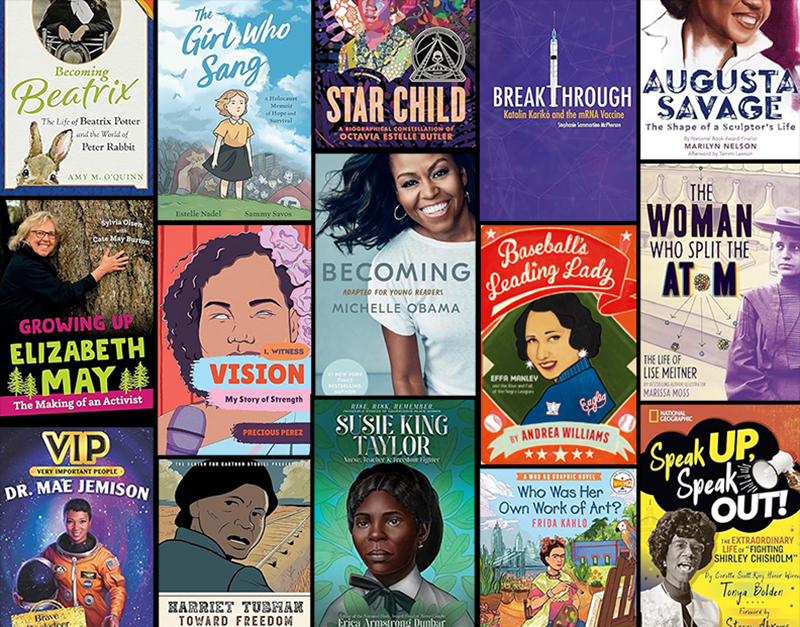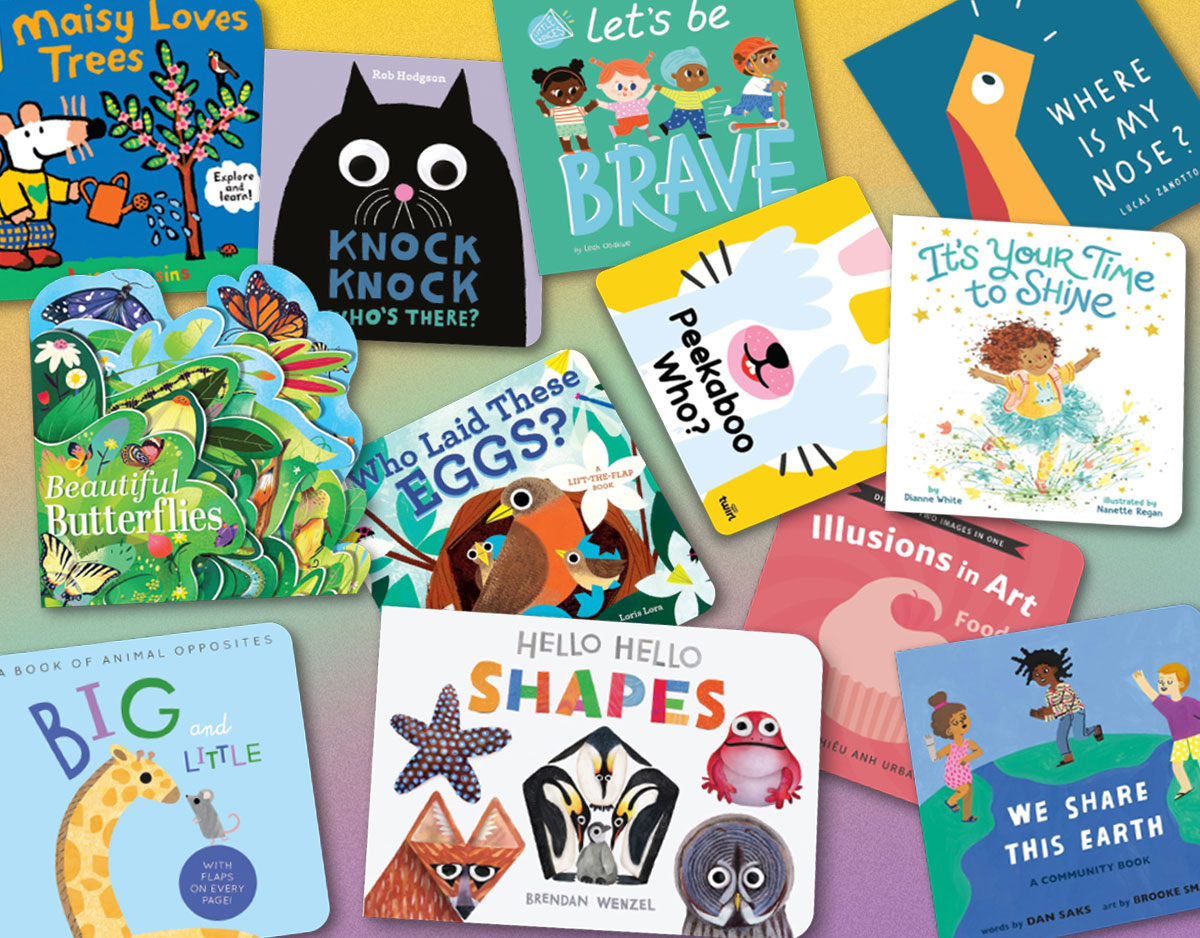Review of the Day: The Wild Huntsboys by Martin Stewart

The Wild Huntsboys
By Martin Stewart
Viking (an imprint of Penguin Random House)
$17.99
ISBN: 978-0-593-11613-5
Ages 9-12
On shelves now
“So there are these three boys.”
“With you so far.”
“And they don’t like each other because it’s set in this future where England’s at war and a lot of them have been bombed out, so they have to live together. And all the little kids have been sent to the countryside.”
“Cool. Like in The Lion, the Witch, and the Wardrobe?”
“Yeah, except the magic isn’t in the country. It’s in London. Because one of the boys messed up an offering to the fairies. So now those fairies are going to come and kill all the boys, very painfully.”
“Ouch.”
“And then there’s this group of feral boys in masks (one looks like Batman), and government spies, and a fairy handcuffed to one of the boys’ wrists.”
“….”
“Basically a science fiction/fantasy/dystopia. But with fairies.”
I mean, I know how it sounds to me and it sounds strange. Still and all, I was willing to give it a shot. Elements of this sound derivative when I spell them out, one by one, but give it a single chapter and I guarantee you’ll be hooked. Imagine if you took Susan Cooper, crossed her with the tech (and fairies) of Eoin Colfer, and then threw in a mess of J.M. Barrie (but not the cutesy stuff) for spice. The end result wouldn’t exactly approximate The Wild Huntsboys, but by gum you’d be on the right track! This is the fun, fast-paced, witty, and not too long adventure novel you’ve been searching for. Chock full of jokes and characters you grow to love, I consider it my latest obsession. Let’s see if we can make it your kids’ latest obsession too.
ADVERTISEMENT
ADVERTISEMENT
It was all a big mistake. I mean, Luka was just having a really bad day. His little sister Elena had just been shipped out of the city due to the constant bombing raids. Set in the near future, Luka’s mom’s always working and his dad was killed as a medic. Losing Elena hurts, so when she begs him to leave out her usual offering to the fairies, he doesn’t really take it to heart. Maybe that’s why, when he starts putting out the food and a raid starts up, his anger takes over and he purposefully throws the offering against the nearest tree. Next morning, every window in the house is broken with a tiny bloody handprint in the center of the crack. Luka’s house has been marked, and worse, he has to take in both Max, a boy that’s been bombed out of house and family, and Hazel, a tech savvy gamin who makes the Artful Dodger look lazy. All three are due to be slaughtered at the hands of angry fairies unless they’re able to surround the doors and windows of the home with iron. Trouble is, that’s the one material the government has been gathering for the war. It’s only when they handcuff an angry fairy to Luka that things start to take a turn for the better. They might be surrounded by enemies, but if these three boys learn to work together, they’ll become the allies they need to save the day.
There were two elements to this story that had me continually stop in my tracks in wonder (sometimes literally since I listened to this as an audiobook). One was pacing. The older I get, the more I revert to my younger 10-year-old self when it comes to action. I get bored when books slow down for no particular reason. Martin Stewart also set himself up for difficulties when he seemingly concentrated the bulk of the story’s action on Luka’s home. I suspect that it would be surprisingly easy to turn this story into a stage play (hint hint) since so much of the plot hinges on making Luka’s house fairy proof. But in spite of this somewhat major detail, and the government’s curfew, Martin Stewart has a remarkable talent for getting his main characters out of their comfort zones. If they’re not inspecting homes for iron then they’re foraging in graveyards, inspecting downed spy planes, and raiding old churches. Even the times when the p.o.v. shifts and we see what Elena’s up to are interesting. I mean, mostly because she’s dying, but that’s still interesting!
The second element that stunned me was the character development. I mean, talk about a writer’s challenge. Stewart from the start makes it clear that for the three boys in this book to succeed, they have to grow to love one another. Even more difficult still, they have to love the semi-psychotic fairy strapped to Luka’s wrist. That means layering on the character development in subtle ways. Some moments are a little clunkier than others. There’s a point at which Luka sets out to find Jem, the fairy’s, sword that felt a little forced compared to other plot elements, but the book is allowed the occasional lapse. Subtler and more satisfying is the growing bond between the boys and their fairy. And even the human villains get their moment in the sun. One in particular manages to essentially go from the bad guy in Who Framed Roger Rabbit to the scientist in E.T. (I apologize for all the cinematic references I’m making today but this book would make a positively brilliant film). The end result is that you feel incredibly satisfied by the story’s finish. So much so that you wouldn’t mind if there were a sequel in the works. No word on that yet, but a gal can dream.
A word about the fantasy elements. When I was a kid I was so obsessed with fairies in British literature that I honest-to-god went so far as to attempt to read Rudyard Kipling’s Puck of Pook’s Hill. THAT is how fascinated I was. So right away, I know I would have loved the depiction of the fair folk in this book. Jem, the fairy that gets handcuffed to Luka, is particularly striking. For fun he gnaws on slate with his sharp black teeth. Mr. Stewart’s indulgences in a faux traditional song about fairies, I could have lived without, but otherwise he has their tone down perfectly. These aren’t the shiny little Tinkerbelles you’re used to. These fairies are natural and frightening and a little bit beautiful. To combine them with a dystopian landscape is a bit of a risk. I invoked Eoin Colfer earlier, but unlike his books, these fairies are strict Luddites. Still, without going full Frances Hardinge (Cuckoo Song, anyone?), Mr. Stewart does a very nice job of showing the downside of war in a time of fairies. The search for iron is brilliant. So much of our war machinery hinges upon it (no pun intended). And you have a nice natural tension to your storytelling if the one substance you desperately need to save your life is nowhere to be found. I heartily approve of the time period then.
I do not usually make mention of the audiobooks made of certain titles, but I do have to say that if ever you get a chance to listen to the Recorded Books reading by narrator Nick Afka Thomas, you won’t regret it. The man does a stand up and cheer job with the material. Distinguishing voices between three boys, all of the same age, would be mighty difficult in the hands of someone else’s vocal chords (that may be the worst mixed-metaphor I’ve ever indulged in) but Mr. Thomas has it covered. Thanks to him, I came to thoroughly appreciate Martin Stewart’s writing and, more importantly, his jokes. Did I not mention the jokes before? 90% of them come from Hazel, the puckish trickster of the group, but they land. It’s very gratifying for a funny book to actually be funny. You should try it sometime.
There’s a lot of realistic fiction going round these days. I’d say that it’s probably the most popular genre right now in terms of sales. Plus, look at those recent award winners for writing! Even if a work of fantasy does win, it has to have a deep, impenetrable moral or metaphor at work. This book kinda sorta has a moral. Uh… don’t insult fairies? Wait, no. That can’t be it. Trust people? Closer but no. All aboard the friend ship? Nope, I’m sorry. There’s not some greater meaning at work on these pages. This book is funny and exciting with fantasy and science fiction mixed and melded in a new way. This is the book you hand to kids that are getting a little tired of stories with dead siblings and unfulfilled crushes and deeper meanings about the self. In short, this book is about thwacking your enemies with the aid of your fantastic fairy friend. And I, for one, support that message completely.
On shelves now.
Filed under: Best Books, Best Books of 2021, Reviews, Reviews 2021
About Betsy Bird
Betsy Bird is currently the Collection Development Manager of the Evanston Public Library system and a former Materials Specialist for New York Public Library. She has served on Newbery, written for Horn Book, and has done other lovely little things that she'd love to tell you about but that she's sure you'd find more interesting to hear of in person. Her opinions are her own and do not reflect those of EPL, SLJ, or any of the other acronyms you might be able to name. Follow her on Twitter: @fuseeight.
ADVERTISEMENT
ADVERTISEMENT
SLJ Blog Network
The Moral Dilemma of THE MONSTER AT THE END OF THIS BOOK
K is in Trouble | Review
Fighting Public School Book Bans with the Civil Rights Act
ADVERTISEMENT








Yes, yes, and YES! “This is the book you hand to kids that are getting a little tired of stories with dead siblings and unfulfilled crushes and deeper meanings about the self. In short, this book is about thwacking your enemies with the aid of your fantastic fairy friend.” I’ve supported this message for years, but keep getting told I don’t understand. Glad you enjoyed this one so much.
Just a delight. From start to finish.